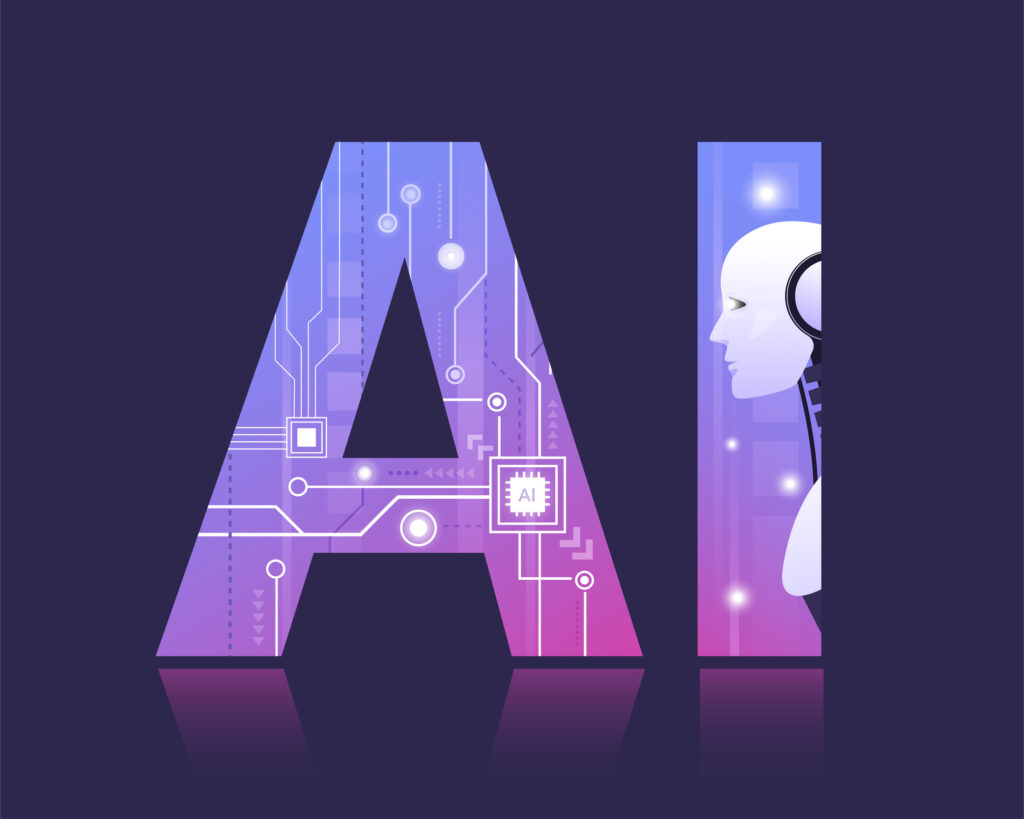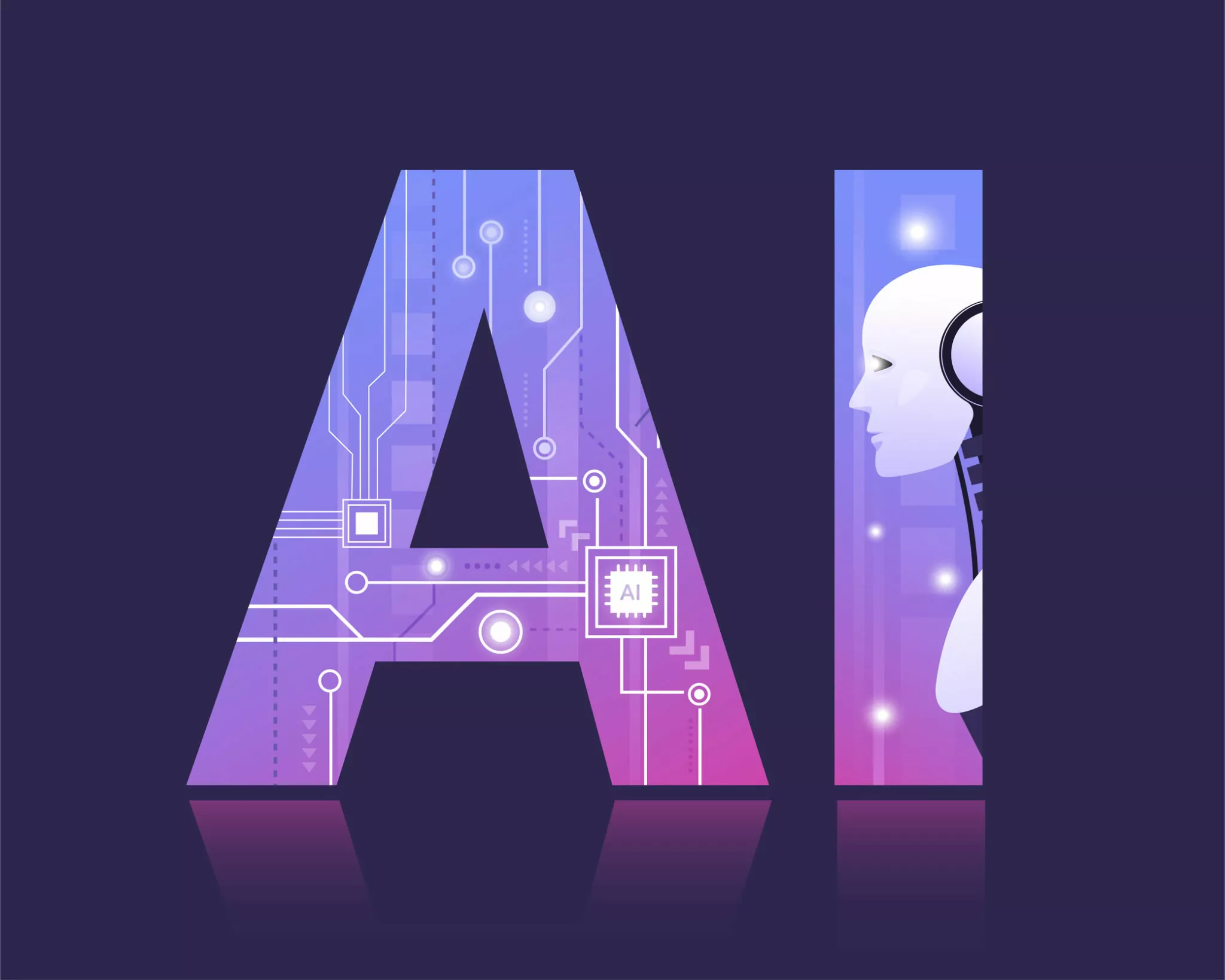
AI for remote proctoring: Securing the future of assessments
Introduction
Online assessments are being increasingly adopted by organisations today. A growing challenge in conducting online assessments is maintaining the integrity of the exams and preventing cheating.
One approach is to employ live proctoring through webcams. However, it is costly and often lacks scalability.
The other approach is to harness technology and implement automated proctoring. This is where AI emerges as a solution.
A third approach is to combine live and automated proctoring and create a hybrid proctoring system that augments human invigilation with AI proctoring.
Both automated and hybrid proctoring methods harness the capabilities of AI to address the challenge of conducting cheat-proof assessments effectively.
How AI bolsters remote proctoring
AI’s sophisticated capabilities support the entire remote proctoring process, starting before the exam begins and continuing after it concludes. Here is how AI augments remote proctoring:
- Before exam-start: An essential component of upholding exam integrity is ensuring that only registered candidates gain access to the examination hall, which, in the case of online exams, is a virtual room. In traditional physical exams, this was accomplished by verifying hall tickets.
In the case of online examinations, the process involves confirming the identity of the candidate by matching it with the test-taker’s registered ID, a task made possible through AI facial recognition features.
- During assessment: Copying and cheating are undesirable human traits that often need external measures to be curbed.

Here’s how AI assists in keeping malpractice in check:
- Voice and audio technology: It can detect suspicious background noises and conversations. These can be indicators of someone else being present in the room with the test-taker, which could be a sign of cheating.
- Video motion detection: It focuses on monitoring the test-taker’s eye and lip movements during the exam. Suspicious movements may suggest that the person is interacting with someone else in the room or using unauthorised aid.
- Video recognition: This technology can identify situations where candidates are missing from the video feed or where their cameras are blocked. Such occurrences indicate that a different person may have taken the exam seat.
- Object detection: These algorithms check for the presence of physical objects, like books or electronic devices, which could provide an unfair advantage to the candidate.
- Browser monitoring: It tracks on-screen activities during the exam and restricts the use of other browser tabs, prevents the use of keyboard shortcuts for copying and pasting, disallows screen captures, blocks screen sharing, etc. These measures ensure that the test-taker does not resort to cheating.
- After assessment: Automated proctored exams can be recorded. Access to complete session recordings becomes a significant asset after completing online evaluations. It makes the online evaluation process more transparent, accountable, auditable, and compliant. It aids in the investigation of any irregularities and in the continuous improvement of proctoring practices.
Conclusion
In a world where the global job market places a premium on workplace diversity and the ability to work from any location, online assessments have become an enduring necessity.
Proctoring is intrinsically linked to online evaluations. The adoption of AI for proctoring has demonstrated its remarkable convenience, cost-effectiveness, and scalability. It stands as a transformative force that integrates cutting-edge technology with the foundational principles of fairness, accessibility and security, all aimed at safeguarding the integrity of assessments.
The collaboration between AI and assessment assumes pivotal importance, ensuring that online evaluations evolve into a more robust and dependable mode of professional appraisal and maintaining the highest standards of trust and confidence in the assessment process.